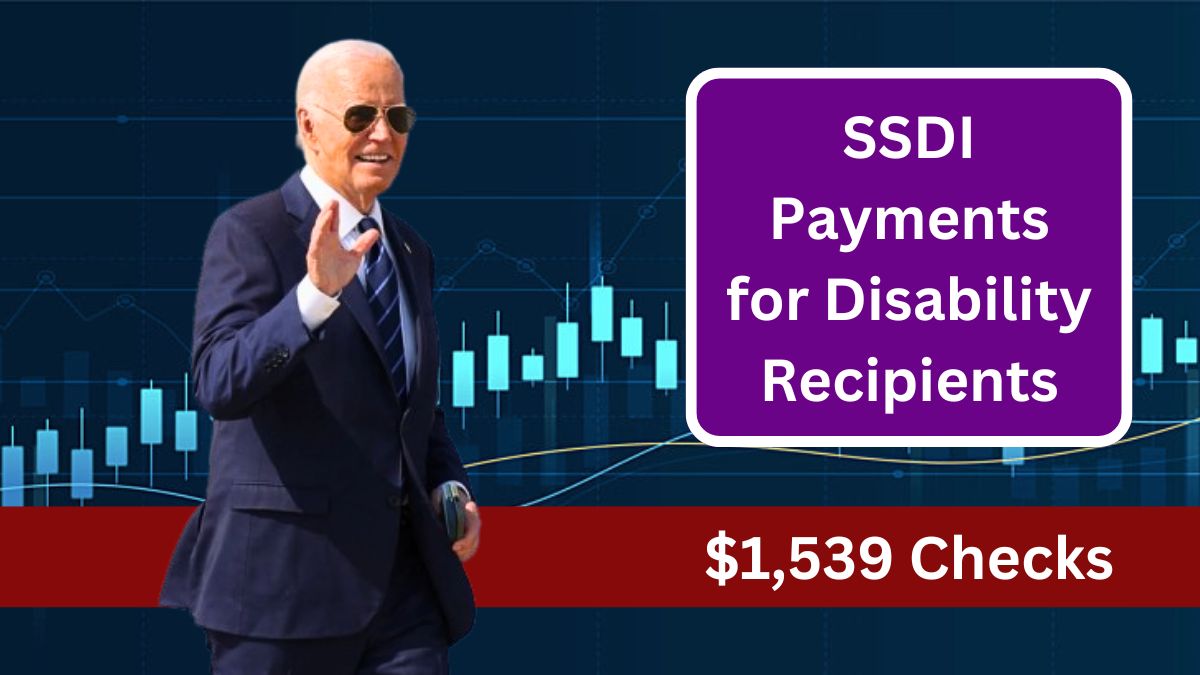In November 2024, Social Security Disability Insurance (SSDI) recipients will see a shift in their usual payment schedule. Payments typically scheduled for November 3 have been adjusted due to the date falling on a weekend. Instead, payments will be issued on November 1 for specific recipients. Here’s a guide to who will receive payments on November 1, as well as key dates for other SSDI beneficiaries.
Early in November
Because November 3 is a Sunday, SSDI payments that would typically be issued on that date are rescheduled to ensure timely delivery. The Social Security Administration (SSA) never issues payments on weekends or federal holidays, so recipients who qualify for an early November payment will receive it on November 1 instead.
SSDI Payments
Not all SSDI recipients will receive their checks on November 1. Payments on this date are specifically for:
- Recipients who began receiving SSDI payments before May 1997
- Dual beneficiaries who receive both SSDI and Supplemental Security Income (SSI)
Payment Schedule
SSDI recipients who started receiving benefits after April 30, 1997, will follow a standard distribution schedule based on their birth date:
| Birth Date Range | Payment Date |
|---|---|
| 1st–10th | Wednesday, November 13 |
| 11th–20th | Wednesday, November 20 |
| 21st–31st | Wednesday, November 27 |
This staggered schedule is designed to ensure timely processing and delivery, especially for recipients who began receiving benefits more recently.
SSDI Benefit Amounts
The average SSDI payment in 2024 is approximately $1,539 per month. However, the actual amount varies widely based on factors like past earnings, the length of time worked, and the age at which a recipient begins receiving benefits.
Maximum SSDI Payment
For 2024, the maximum SSDI benefit is $3,822 per month. Qualifying for this amount requires:
- 35 years of earnings at or near the taxable maximum,
- Employment in jobs covered by SSA contributions, and
- Filing for benefits at the maximum allowable age to maximize payments.
Combined Payments
Some SSDI recipients also qualify for Supplemental Security Income (SSI), which helps low-income individuals with limited resources. For those who receive both SSDI and SSI:
- The average SSI payment is approximately $698 per month.
- If a recipient has SSDI income, their SSI payment may be reduced, as the SSA considers SSDI income when calculating SSI benefits.
SSDI Eligibility Requirements
To qualify for SSDI, applicants must have:
- A qualifying disability that meets the SSA’s definition, which includes conditions that prevent substantial gainful employment and are expected to last a year or more or result in death.
- Work credits based on age and years in the workforce. Generally, younger workers require fewer credits, while older applicants need more.
Since SSDI application processing times can be lengthy, it’s advisable to file as soon as possible to avoid delays in receiving benefits.
Maximize Your SSDI Benefit
To increase the likelihood of receiving higher SSDI payments, applicants should aim to:
- Maximize their earnings over 35 years.
- Delay filing if possible, to benefit from higher monthly payments.
- Work in SSA-covered employment, as only these jobs contribute to Social Security credits and SSDI eligibility.
November’s SSDI payment adjustments ensure recipients receive their funds without delays due to the weekend. With varying schedules based on birth date and eligibility, SSDI recipients can plan their finances accordingly. For those who qualify for both SSDI and SSI, understanding payment adjustments and eligibility can help maximize benefits and ensure they meet monthly needs.
FAQs
Why are SSDI payments coming early in November?
Because November 3 falls on a Sunday, eligible SSDI payments will be issued on November 1.
Who qualifies for the maximum SSDI payment of $3,822?
Recipients with 35 years of earnings at the SSA’s taxable maximum who filed at the latest eligible age.
When are SSDI payments issued for those with later start dates?
For recipients who began SSDI after April 30, 1997, payments are based on birth dates, with dates on November 13, 20, and 27.
How does SSDI affect SSI payments?
Receiving SSDI may reduce SSI benefits, as both incomes are considered in SSI calculations.
How can I maximize my SSDI benefit?
Maximizing your earnings, working in SSA-covered jobs, and delaying your filing age may increase SSDI payments.











